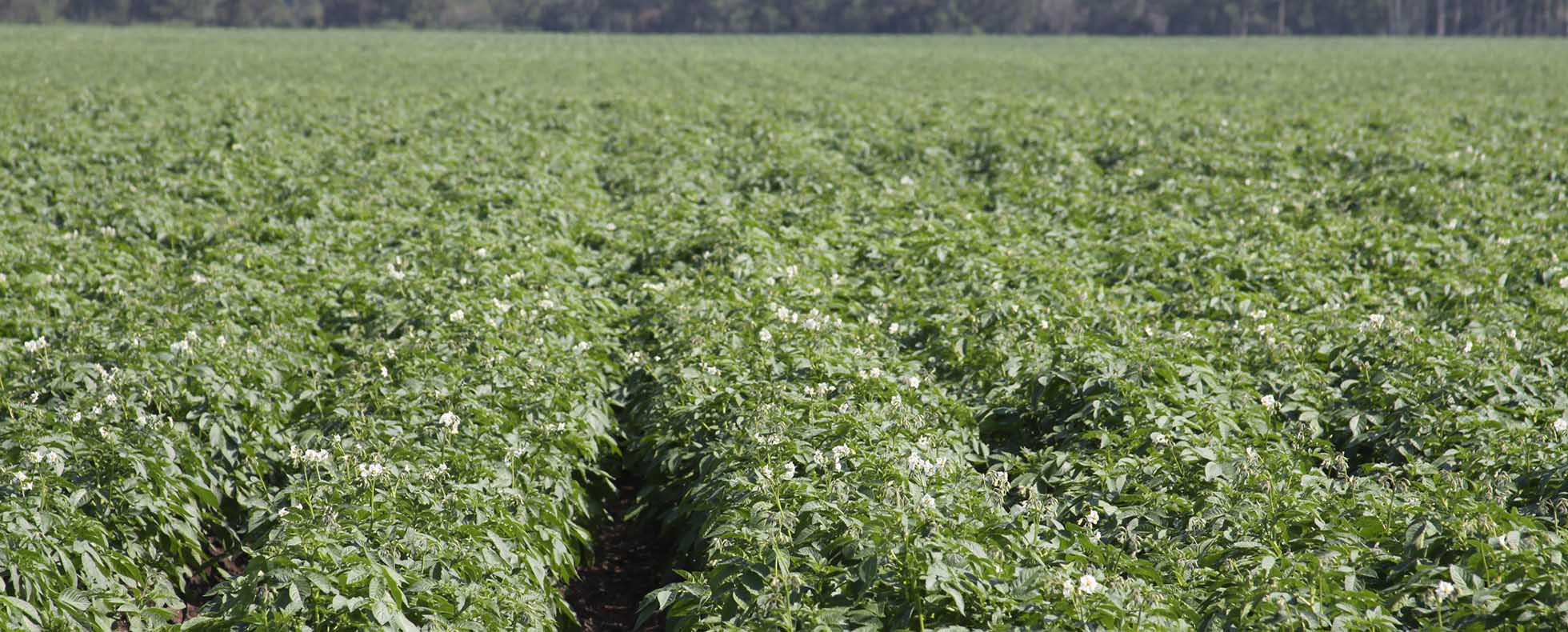
Documenting spraying application allows farmers to make data-informed decisions when applying inputs to growing crops, giving crops what they need when they need it. Especially for vegetable farmers, integrating spraying documentation for each field provides a better understanding of field variability. And when people can take these spraying application sets year-over-year, they can understand which herbicides make the difference in stand count. John Deere Operations Center™ includes digital tools that help farmers optimize spraying documentation.
Farmers document spraying applications to record the details of how much they’ve applied, where they’ve applied it and when they’ve applied it. Spraying applications are affected by a few factors, including weather, sprayer nozzles and calibration, and other operational info like boom height or ground speed. With these environmental, equipment and operational factors changing the application rate, documentation becomes vital to drill down into the data to make decisions that could change the outcomes. Let’s review the first steps to install the Operations Center, create an account, name equipment and set field boundaries.
Farmers can create a centralized data tracking system in the Operations Center by installing a JDLink™ Connectivity modem on each machine for which they wish to automate data collection. Many different models, even ones that are a few years old or machines of various colors, can track vital data points, like GPS locations and spraying application info such as rate, date and more.
Watch this video for step-by-step instructions on creating field boundaries in the Operations Center.
After the field boundaries are created, the Operation Center will show satellite images of fields, complete with boundaries and the current location of any connected equipment.
A dealer like RDO Equipment Co. has experts focused specifically on precision products who are available to partner with farmers to set up their Operations Center , connect machines, manually add GPS coordinates or map the field's boundary by driving a connected Gator™ Utility Vehicle. A farmer can also upload their field’s shapefile from a previous season. Digital maps are saved in the farmer’s Operations Center dashboard when field boundaries are identified.
Without the correct setup of tractors within the Operations Center and accurate field boundaries, a farmer cannot effectively input all the necessary details, including GPS coordinates, to automate sharing application schedules. That’s why it’s important to get help from a trusted precision ag expert partner. Next, let’s enter data in the Operations Center’s digital tools that will make reviewing sprayer application data easier.
After the field boundaries are created, the Operation Center will show satellite images of fields, complete with boundaries and the current location of any connected equipment.
A dealer like RDO Equipment Co. has experts focused specifically on precision products who are available to partner with farmers to set up their Operations Center , connect machines, manually add GPS coordinates or map the field's boundary by driving a connected Gator™ Utility Vehicle. A farmer can also upload their field’s shapefile from a previous season. Digital maps are saved in the farmer’s Operations Center dashboard when field boundaries are identified.
Without the correct setup of tractors within the Operations Center and accurate field boundaries, a farmer cannot effectively input all the necessary details, including GPS coordinates, to automate sharing application schedules. That’s why it’s important to get help from a trusted precision ag expert partner. Next, let’s enter data in the Operations Center’s digital tools that will make reviewing sprayer application data easier.
With the Operations Center, the farmer and equipment operators can review spraying application data sets for each field through John Deere’s Work Planner and Analyzer tools.
Work Planner acts like a work ordering system in a dealer’s service shop. The farmers enter the vital information an operator needs to complete their daily tasks efficiently. The farmer can also include comments, like “Watch out for a rock pile at the end of the field’s last pass.” An operator can view this information from their mobile phone’s Operation Center app or their tractor’s G4 or G5 in-cab display. The operator can review spray application details and reduce field calls to the office.
Watch this step-by-step guide to enter your application details in your Operations Center
Work Analyzer is a tool that takes the recorded Work Plan, including application schedule, details and tank mix, plus field maps and any machine performance data points, like tractor or implement speed, into one digital space. When a farmer opens Work Analyzer, they can view data sets by date, field or product type.
After the farmer selects the specific criteria they want, they can compare operational performance, such as Gallons Per Acre (GPA) applied to a particular field, through a visualization report. They can also download their data into an Excel spreadsheet to complete a comparative analysis with a trusted partner. Precision product specialists from a trusted partner like RDO can create custom filters to view data, such as crop type, application rate or weather conditions. Custom filters to quickly refine data sets help operators drill down on data that could be related, such as tractor speed and GPA.
Farmers have always carefully detailed their applications. As we review our notebooks, equipment manuals, and plan for our upcoming growing seasons, connected tractors, and the Operations Center’s digital tools dramatically reduces the time it takes to centralize spraying and document and communicate weekly tasks. Farmers and operators can quickly review their spraying application schedule through the Operations Center and use the data to plan the rest of this growing season and those to come.